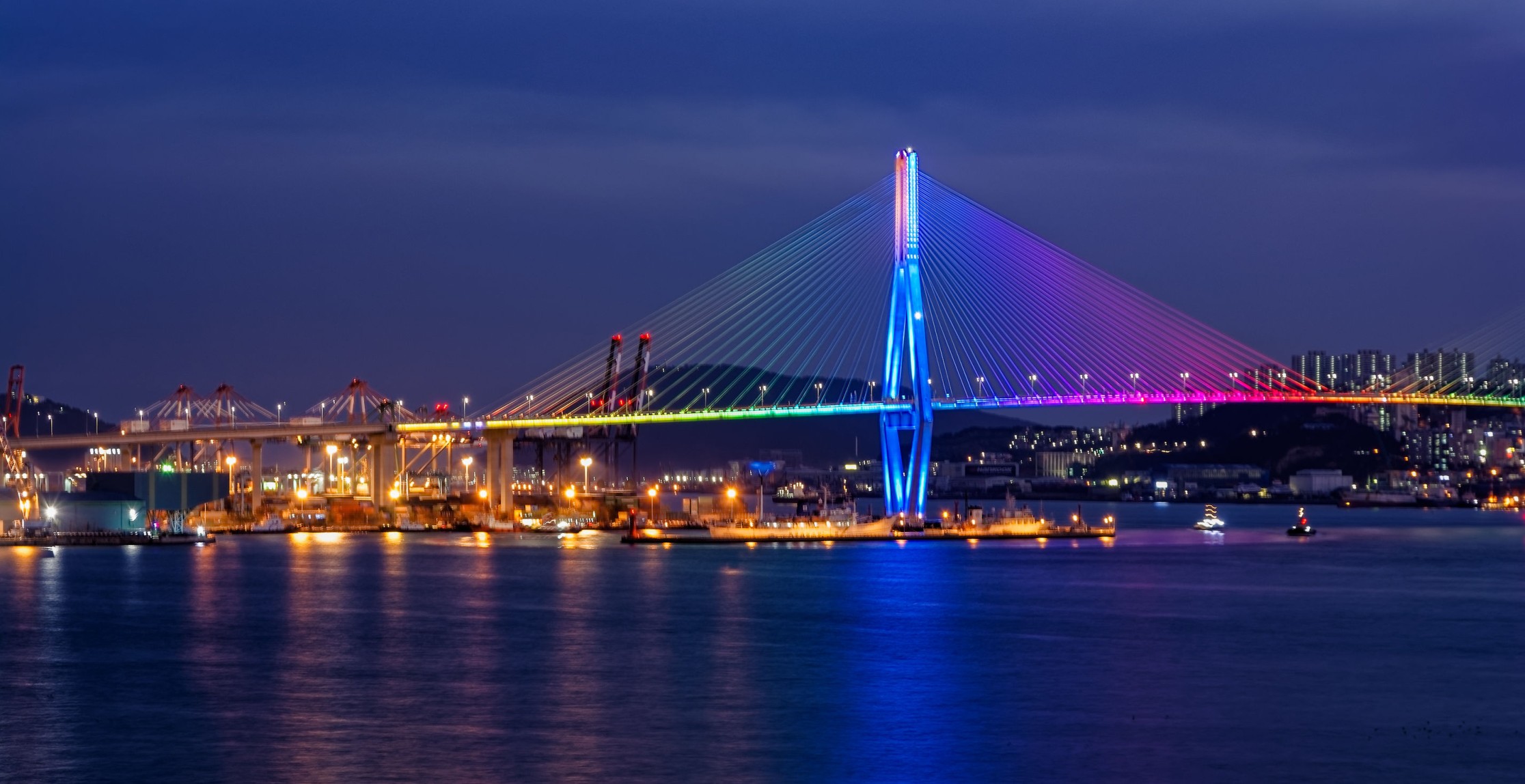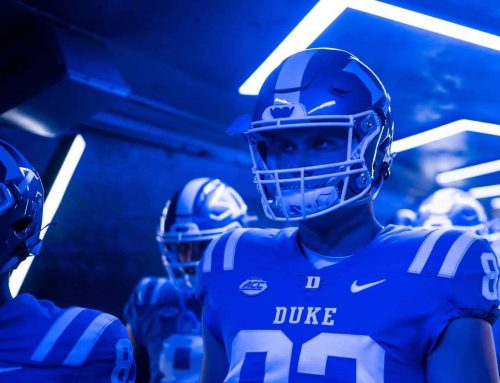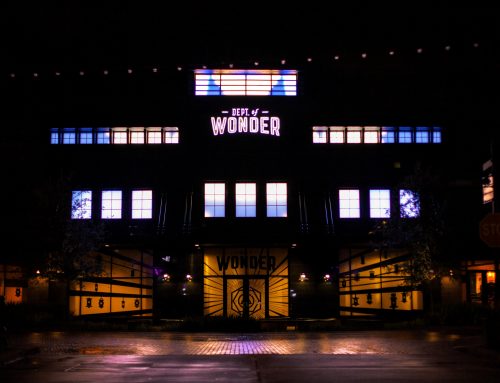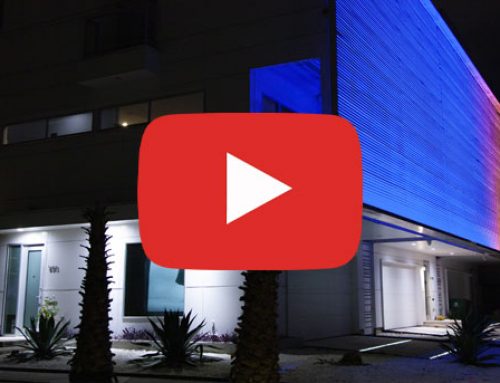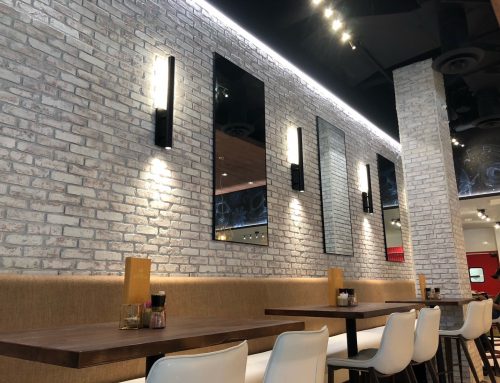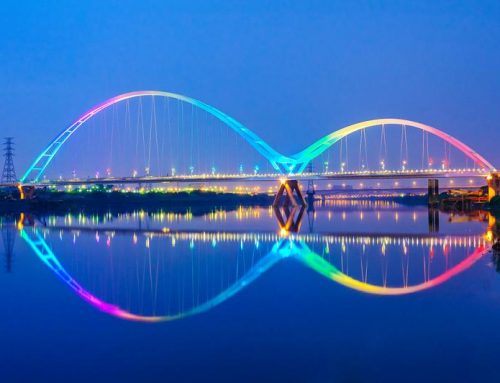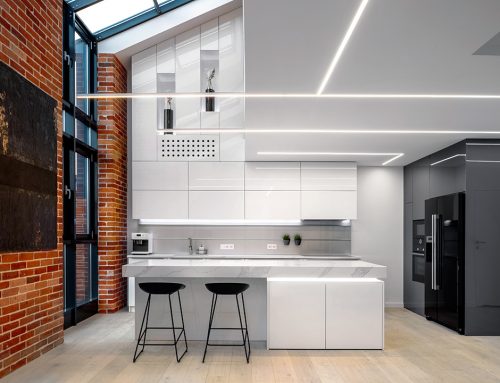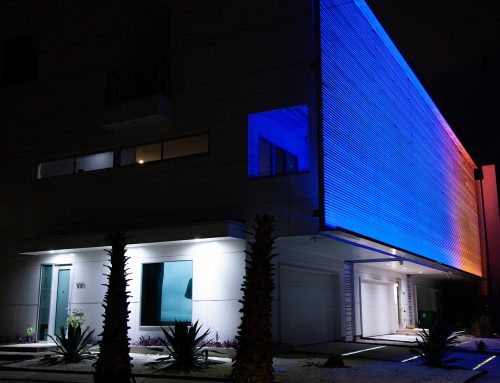Modern architectural features have been evolving since the dawn of time. People change the way they build things as they learn more about the craft. It is the natural progression of improvement. As technology advances so does our way of life and the way in which we do things. The Human species has always been inclined to find or build shelter. The natural world around us – as beautiful as it is, it’s also unforgiving. This reality makes shelter one of the most primordial necessities. In fact, history has shown that a lack of housing is never great for the health and well being of people.
In this modern age of luxury and excess, housing is no longer serving only the basic need of shelter. It is so much more. We have embedded utilities and advancements into our homes and infrastructure projects which in turn make our lives easier. Two hundred years ago many homes did not have electricity or plumbed fuel systems for controlled fire making. Some houses didn’t even have running water! This meant that a great part of the day was spent gathering fuel, and water alone.
Nowadays we almost take for granted some of these conveniences, but because of them we are able to impart more aesthetics into our spaces than before. Having the basic needs of water, fire, and electricity met, meant that there was more time and energy available to be creative with our spaces. Today real estate in a way symbolizes success. Owning a home, building, or any other piece of property shows a certain level of achievement. This opportunity of ownership inspired many to customize and set apart their spaces to fit their unique style and taste.
No longer do we consider only the basic essentials when building, but we demand that the spaces we create induce an emotional response from the inhabitants. The main points of design interest were once mainly focused within the interior color palette, textures, amenities, and components of a space. Today we have another paint brush in the kit – artificial lighting. Sure, lighting has been around since even before electricity existed. Oil burning lamps and other similar devices were used to light our spaces by the flame they produced. Obviously there was an added hazard to this approach, but advancements in electrical technology gave way to whole new world of illumination.
Days got longer as electrical lighting liberated us from the ties to natural light. The increased productivity of electrically powered machines boosted the economy in ways never seen before. This provided new opportunities for all sorts of endeavors. With new industries booming, the real estate and architectural markets began shifting their appearance and transformed themselves into an expressionistic medium of sorts, even more so than before. Development projects began incorporating aesthetics in their construction designs as one of the most important variables when it came to attracting new customers. This meant that styles and looks changed drastically as each decade welcomed the next. This applied to every aspect, from carpeting, to plumbing fixtures, all the way to lighting devices and technologies.
Today’s options for building and design are vast. Vendors and providers everywhere are doing their best to keep up with the oncoming trends. One of these trends is the LED lighting takeover. In its infancy the LED as we know it was a much more basic device. Today it is illuminating spaces worldwide. The main appeal for the LED technology laid within its promise of efficiency. Supplying the need of conventional lighting at a fraction of the energetic consumption. Today, LED lighting itself is going through a revolution of its own. Modern innovations in the industry have produced LED chips that dwarf their predecessors in every way. Color fidelity, CRI, lumen output, and efficacy have all risen to levels that push the boundaries of possibility.
Living in the digital age means that a lot of these LED products were bound for ever more complex and capable connectivity options. Allowing the user to design their lighting to be manageable and effective in ways that were not possible before. As mentioned previously, lighting is a crucial step in any architectural and interior design process. It adds a dimension, depth, and texture that is not possible through any other medium. In order to have the flexibility required for system design, innovators and developers have taken advantage of the fruits that this digital era has to offer. It has equipped us with the tools necessary to turn creative visions into reality.
One of the biggest challenges is to design a lighting system that will perform flawlessly day in and day out. With so many manufacturers and vendors it is hard to know what will work for a particular application. As the LED technology advances, so do the lighting control options. Some of the industry standards began in the theatrical industry. Control protocols like AMX, and DMX evolved from live stage design settings. With the need to quickly arrange and control stage lighting for different sets, these technologies were meant to simplify and add definition to the process.
Contemporary lighting controls and devices have adopted these standard control protocols as their cornerstone. The lighting fixtures’ manufactures continue to create and develop their products based off these trends. The modern architectural lighting side of things is no different, and you can find some of these protocols supported by many of the top players in the market.
Using the more capable devices that the lighting industries have to offer will ensure that implementation and integration are far more intuitive and powerful. When navigating the options that are currently possible in the realm of LED lighting technology, you are likely to run into terms that you may not have heard of before.
One of my favorite technologies involves pixel mapping. Pixel mapping is a process in which real life LED lighting fixtures are arranged in a grid or line pattern. These grids compose a total display area regardless of shape. There are many formats and options for the different types of LED pixels available. The most common formats are known as dots, or pixel dots. Another popular option are pixel LED strips. These pixels are often equipped with RGB or RGBW LED chips that allow you to mix color to generate all sorts of hues.
By evenly spacing the different options of LED fixtures available across a surface area, you are essentially creating a color display screen. This screen can display video and animations through light. This is very similar to what a TV or monitor do, but the pixels are much larger, generating a far more stimulating visual experience.
The modularity, small footprint, and flexibility of these devices give the creative designer the ability to embed these lighting effects into architectural features. This adds visual value and creates a stimulating environment. Having the ability to display your own preferred media, colors, and patterns mean that the goal of inducing a response from the public is facilitated. Pixel mapping projects could possibly be one of the more challenging options of the available LED technology. Controlling thousands of channels and millions of bits of data from a simple interface is complicated. Luckily the industry currently has some of the best solutions available to achieve such complex feats. Integration, remote access, and triggering of pixel mapping projects is now easier than ever with great advancements put out by the lighting companies.
With all of these options and possibilities available we will continue to see an expansion in the way lighting is utilized and applied to our surroundings. We will also see what systems win out the market place and which brands are here to stay. As with all new technologies, changes will be evident in a relatively short span of time. It is exciting to be part of this industry and to see it progress. Lighting heavy themes in architecture will continue to become more and more popular which will yield more powerful lighting solutions. Exciting times!


